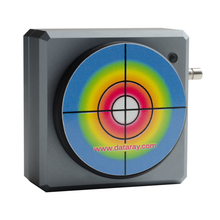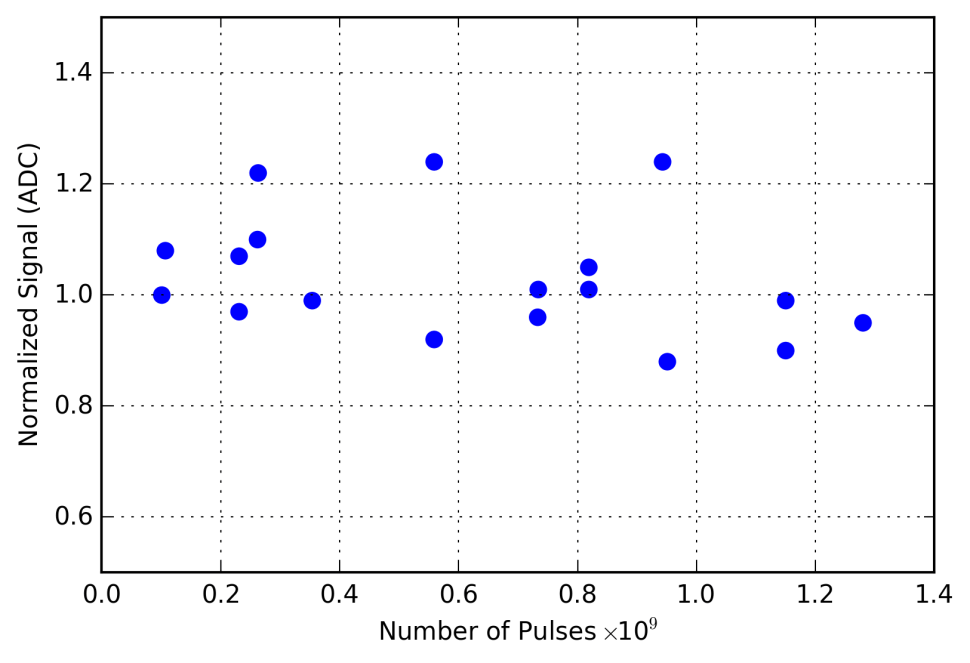Products Mentioned

WinCamD-LCM
- Versatile global shutter supports CW & pulsed beams
- 355 to 1150 nm standard with UV, 1310 nm, and 1550 nm options
Related News
CMOS vs. CCD Sensors
Beam Profiling Cameras | March 29, 2016
CMOS and CCD image sensor technology was developed in the 1960s. Although for the last forty years CCD sensors have dominated the market, improvements in CMOS sensor design have catapulted them to a growing market share and the CMOS seems poised to replace the CCD in many applications.



